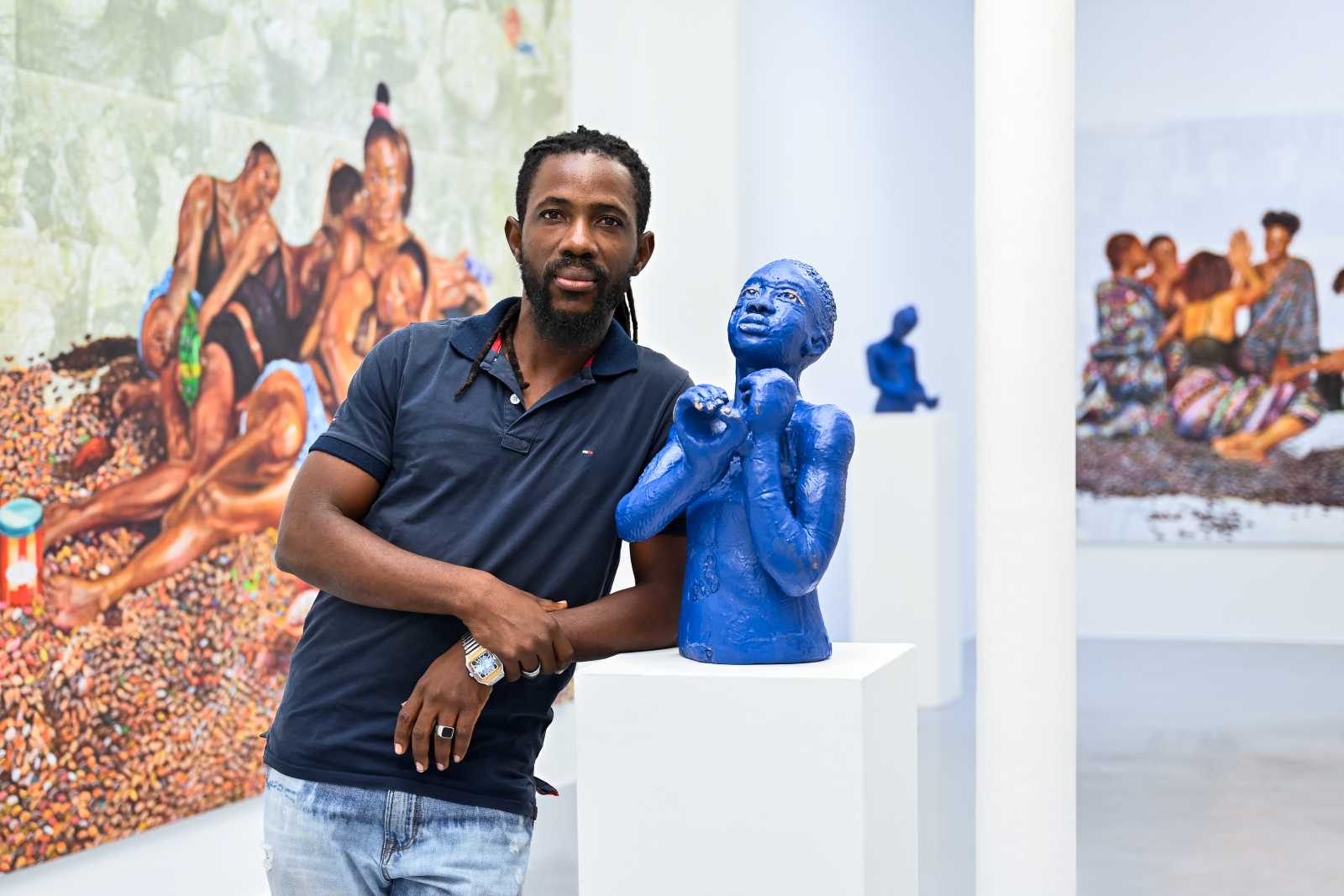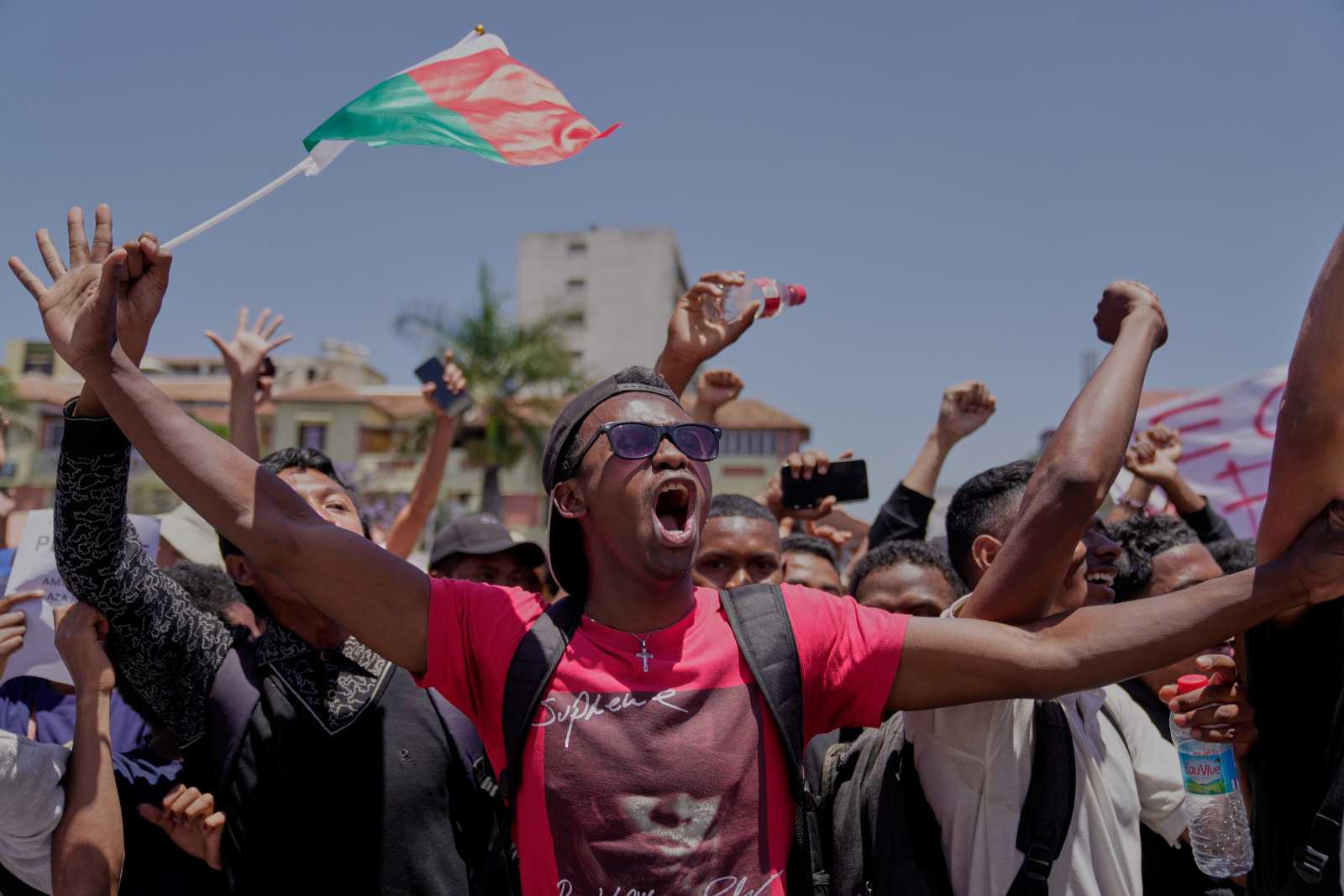Civil society
Successful commitment
[ By Claudia Warning and Ralf Tepel ]
The question at the centre of Nunnenkamp’s article is whether NGOs’ policies for allocating aid to recipient countries differs from those of their governments. The article focused on Sweden and Switzerland, but Germany was also mentioned. According to Nunnenkamp, data collected on 60 NGOs from 13 OECD countries shows that NGOs tend to replicate what their respective governments do. But what are the reasons? Nunnenkamp suggests that NGOs really take little interest in difficult countries, and that they are constrained by official allocation guidelines.
Is that really so? German NGOs receive cofunding from the Federal Ministry for Economic Cooperation and Development (BMZ) and from the European Commission (EC). The BMZ guidelines do not restrict NGO funding to particular countries. What the ministry does consider, however, is the target group and relevance of any given project.
Furthermore, the churches are the largest single recipients of BMZ funds, and their guidelines specifically state that programmes are independent. So it comes as no surprise that in the poorest continent of Africa the churches provide between 40 and 60 % of services in the education and health sectors. This is particularly so in countries such as the Democratic Republic of Congo and Sudan, where the state has failed and it is up to faith-based organisations to improve living conditions and ensure provision of basic services.
However, if you look closely at the guidelines of other official donors – for instance, the European Commission’s aid regulations – you will find no such thing as the “NGOs’ right of initiative”. The EU delegations often specify very precisely the sectors and regions for which non-governmental organisations receive funds. If aid agencies wish to use EU funds, often they can no longer make decisions about content or regional focus. Whether NGOs should accept the consequences of this practice or not is up to debate. Indeed, fewer and fewer German NGOs are applying for EU funds.
Own funds
VENRO has about 110 members, and they raise more than € 1billion per year. Around € 270 million, or about 25 %, is procured through official cofunding. The lion’s share, 75 %, however, comes from private sources such as donations, churches and foundations. The assumption that NGOs replicate the policies of their respective governments, because they financially depend on official “backdonors” is not tenable, at least not in the case of Germany.
According to BMZ statistics, the total funds afforded by German NGOs in 2006 were just under € 1.1 billion, and German NGOs were active in 159 countries, investing 20.6 % (or a total of € 221 million) in the least developed countries (LDCs). As the official data show, NGOs invested only 16.56 % of € 2.2 billion in LDCs in 2005, so there has been an increase.
Moreover, German NGOs were active in 23 countries that are not included in the BMZ’s list of focus countries. In 2005, a total of € 47 million went to such countries and, in 2006, the figure was € 55 million. These figures clearly contradict Nunnenkamp’s claim of NGOs not taking interest in countries with difficult environments. It is a widespread misunderstanding that NGOs provide support to countries. What they really do is provide support to target groups and partners in individual countries. A country’s gross national product is not among the core criteria for NGO involvement. What they care about is relative and absolute poverty of target groups.
Accordingly, it makes sense for NGOs to provide aid to people in need in countries Nunnenkamp assumes to be “successful” such as China, India, Brazil and South Africa. However, aid can only be effective where strong NGO partners have a local presence and are in a position to implement the programmes. Anyone who turns to per-capita incomes in order to discuss whether NGOs are focussing more than ODA on countries where aid is most needed is clearly not in touch with reality.
Typically, an NGO’s country focus has historical reasons, and programmes are largely defined by the profile and the origin of a particular organisation. Distinctive areas of expertise have developed as a result of cooperating with partners in specific countries over many years, and that is one reason for such cooperations succeeding. The focus may not always be on the poorest countries, but one must also consider target groups within countries.
India, for example, is in many respects an emerging economy. Nevertheless, it is home to 800 million poor people, the largest number of poor in any country in the world. If NGOs adopted Nunnenkamp’s line, they would have to ignore these needy masses.
Many NGOs have developed their own country strategies, and focus on the areas and target groups with the greatest need within certain countries and regions. Such specialisation is part of an NGOs’ expertise and identity. It simply does not make sense for NGOs to concentrate only on those countries where there is no official development aid.
Afghanistan, Burma, Eritrea, Colombia, Democratic Republic of Congo, Mali, Palestine, Zimbabwe, Sierra Leone and Sudan are countries with troubling governance and fragile societies. In all of them, German NGOs, which were part of the study, are active.
Nunnenkamp suggests that NGOs do not want their work to be critically analysed, because they do not want their image of being superior donors to be tarnished. This is not true.
Many VENRO members carry out impact monitoring and evaluation. The largest members even have their own evaluation divisions. VENRO has been dealing thoroughly with the issue of impact monitoring and evaluation since 1997. VENRO is jointly running a project on “Impacts of the project work by German non-governmental organisations”. Fourteen members have collaborated on this, along with their partners in developing countries. Data on impacts and success was collated and documented, using examples from the micro-credit sector.
A recent report on the impact of savings and credit programmes by South Indian NGOs (VENRO, 2007) similarly addresses the issue of whether such programmes reach particularly poor households. The result is that the methods and agencies analysed clearly focused on poor households. Personal, cultural, social, economic and political indicators were among those documented for the households, in particular for the target group of women.
There can be no doubt that NGOs have made a considerable contribution to the success of microcredit programmes. In particular, training for disadvantaged groups, such as women, has proven successful in connection with such schemes, and not only so in South Asia.
Creative potential
NGOs are neither able to provide a panacea in all areas, nor have they ever claimed to be. However, there are many examples of NGOs, together with their partners in the South, developing concepts that served as models and worked out over the long run. In particular, development projects that are funded exclusively by NGOs (and thus do not depend on conditional cofunding from governments) have a great potential for innovation. Often, official donors adopt such innovations, once they have been designed and successfully implemented by NGOs.
Many important projects are essentially NGO-driven. Current examples include projects in the areas of peace-building and support for democracy in post-crisis regions. If development agencies are to contribute to shaping globalisation, they must make “risk investments”, and results cannot always be expected to be positive, as Dirk Messner of the German Development Institute correctly argues. VENRO subscribes to this view. We would like to see greater flexibility on the part of official donors – and more readiness to accept risks.







